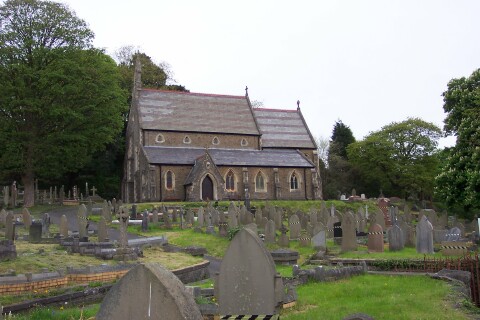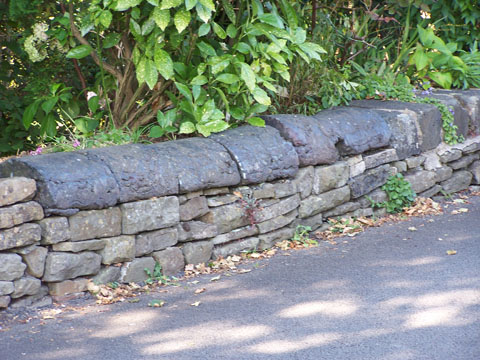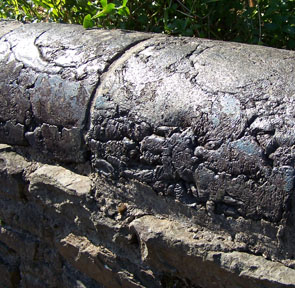
It was consecrated in 1850. Today it has a plaque in memory of Sir T.S. (Sam) Evans, Liberal M.P. for Mid Glamorgan and close friend of Lloyd George. He was born in Skewen's main street and his parents had kept a grocery shop there. He was responsible for obtaining a grant to build the Carnegie Hall in 1905. He became President of the Probate, Divorce and Admiralty Division (the highest judge in the country) but died in 1918.
The Neath Abbey area has had a long association with
copper-smelting since the 17th Century. There was a Mines Royal Copper works
on the right bank of the Clydach river at a spot where this river joins the
Neath River and Sir Humphrey Mackworth is known to have been concerned with
the smelting furnaces there in 1707. In 1694, too, a copper battery mill had
been erected at Cwmfelin in the Clydach valley on land leased from the family
of Philip Hoby, lord of Cadoxton manor, and this was still working in 1780.
Next, Dr. John Lane, a Bristol chemist, set up a new mill for smelting copper
and lead ores at Neath Abbey but it was abandoned in 1716. Under the Mines Royal
Society in the last decade of the 18th Century there were thirty eight furnaces
for smelting and refining, and it is recorded in 1796, "Ores smelted this week,
one hundred and thirty six tons. Copper made seventeen tons, coal burnt three
hundred and fifteen tons". In January 1798 the Workmen came out on strike for
better wages. The Mines Royal continued to operate here until about 1862. But
today at Neath Abbey the remains of the Mines Royal copperworks have vanished
beneath the foundations of a modern motorway.
Evidence of their work still remains however. In many places in Neath Abbey
and Skewen the tops of stone walls are finished with half-round black
stones. These are a by-product of smelting. The slag from the furnaces was run
off into moulds and allowed to cool. The resulting solid was very durable, and
made an ideal finishing brick. If you look closely at the material, you can
still see flow lines.


As we again approach Neath Abbey gateway, we pass the site
of Ebenezer Chapel on our right. Like The Wesley, this too was demolished
in the early 2000s. The first Chapel was built on the site in 1832, and was
replaced in 1881 by a larger establishment.

Having reached the junction of Taillwyd Road and eventually the Cwrt Herbert
roundabout and the Neath Abbey ruins, we have completed our circular tour of
the Community of Dyffryn Clydach.
| top | next |